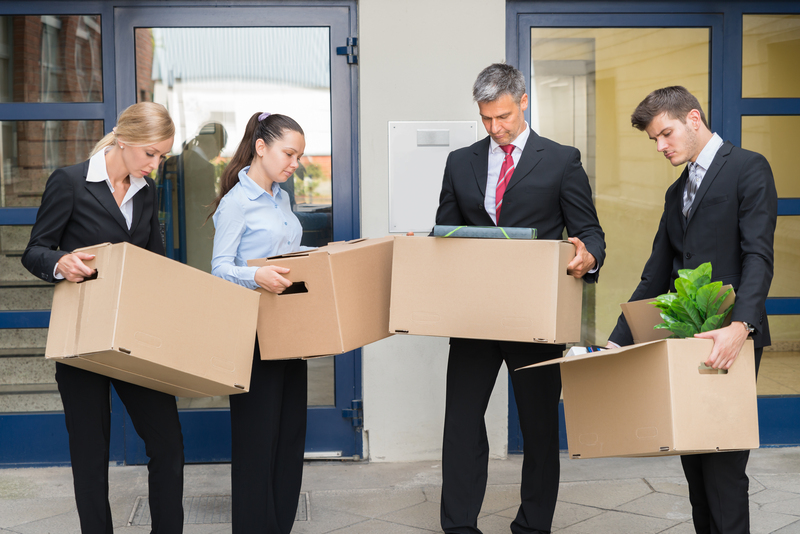Tips for Shipping Dangerous Substances
Posted on 20/06/2024
Shipping dangerous substances has its own set of unique challenges and complexities. Whether you are a business that regularly ships hazardous materials or an individual shipping a one-time package, it is crucial to follow strict guidelines and safety measures to ensure the proper handling and transport of these substances. To help you navigate this process safely and successfully, here are some important tips for shipping dangerous substances.
Understand the Regulations
The first step in shipping dangerous substances is to have a thorough understanding of the regulations that apply to your particular shipment. Depending on the type of substance and mode of transportation, there are different regulatory bodies and laws that must be followed. Some examples include the International Air Transport Association (IATA) Dangerous Goods Regulations for air transport, International Maritime Dangerous Goods (IMDG) Code for sea transport, and Department of Transportation (DOT) regulations for ground transport. It is important to research and adhere to all relevant regulations to avoid any compliance issues or penalties.

Classify Your Substances
One of the key elements in safe shipping of dangerous substances is proper classification. Each substance has its own unique properties and potential hazards, which determine how it should be packaged, labeled, and handled during transport. The classification system used for hazardous materials is defined by the United Nations Committee of Experts on the Transport of Dangerous Goods (UN TDG), which assigns each substance to one or more hazard classes based on its characteristics. For example, Class 3 covers flammable liquids while Class 8 covers corrosive substances. Knowing the correct classification of your substances is crucial for selecting appropriate packaging and ensuring safe handling during transit.
Packaging Requirements
Proper packaging is essential when it comes to shipping dangerous substances. The packaging must be strong enough to withstand normal handling during transit without leaking or causing harm to individuals or the environment. The type of packaging required will depend on the substance being shipped, its hazard class, and the mode of transportation. For example, liquids must be packaged in leak-proof containers, while solid materials may require inner packaging. It is important to select the right type of packaging and ensure it is properly sealed, labeled, and marked with the correct hazard warning labels.
Documentation and Training
Accurate documentation is crucial when shipping dangerous substances. This includes a shipping declaration form that outlines the contents of the package, the proper classification, and any special handling instructions. Shipping papers must also accompany all hazardous material shipments and include detailed information such as the name of the substance, quantity, emergency contact numbers, and proper shipping name. It is also essential to ensure that all personnel involved in handling and transporting dangerous substances are properly trained on safety procedures and comply with all regulations.
Pros and Cons
There are both pros and cons to shipping dangerous substances. On one hand, these substances play a vital role in many industries and are essential for certain products. However, they also pose serious risks if not handled correctly. The main advantage of shipping dangerous substances is that they enable businesses to provide goods and services that would otherwise not be possible without them. However, this comes with a great responsibility to maintain safety protocols during transport to ensure the protection of people and the environment.
Tips for Safe Shipping
- Research and comply with all relevant regulations for your shipment.
- Properly classify your substances according to their hazard class.
- Use appropriate packaging that meets all requirements.
- Ensure accurate documentation accompanies each shipment.
- Train all personnel involved in handling dangerous substances.
- Regularly review and update safety procedures.

Key Takeaways
Shipping dangerous substances requires careful planning, adherence to regulations, and proper training. It is crucial to understand the specific requirements for each substance being shipped and follow all necessary steps to ensure safe transport. The consequences of non-compliance can be severe, including harm to individuals, damage to the environment, and potential legal action against the shipper.
In Conclusion
Shipping dangerous substances can be a complex and challenging process, but with the right knowledge and precautions, it can be done safely and efficiently. By understanding regulations, properly classifying substances, using appropriate packaging, and ensuring accurate documentation and training, you can successfully navigate the shipping of hazardous materials. Remember, safety should always be the top priority when it comes to handling these potentially dangerous substances.





